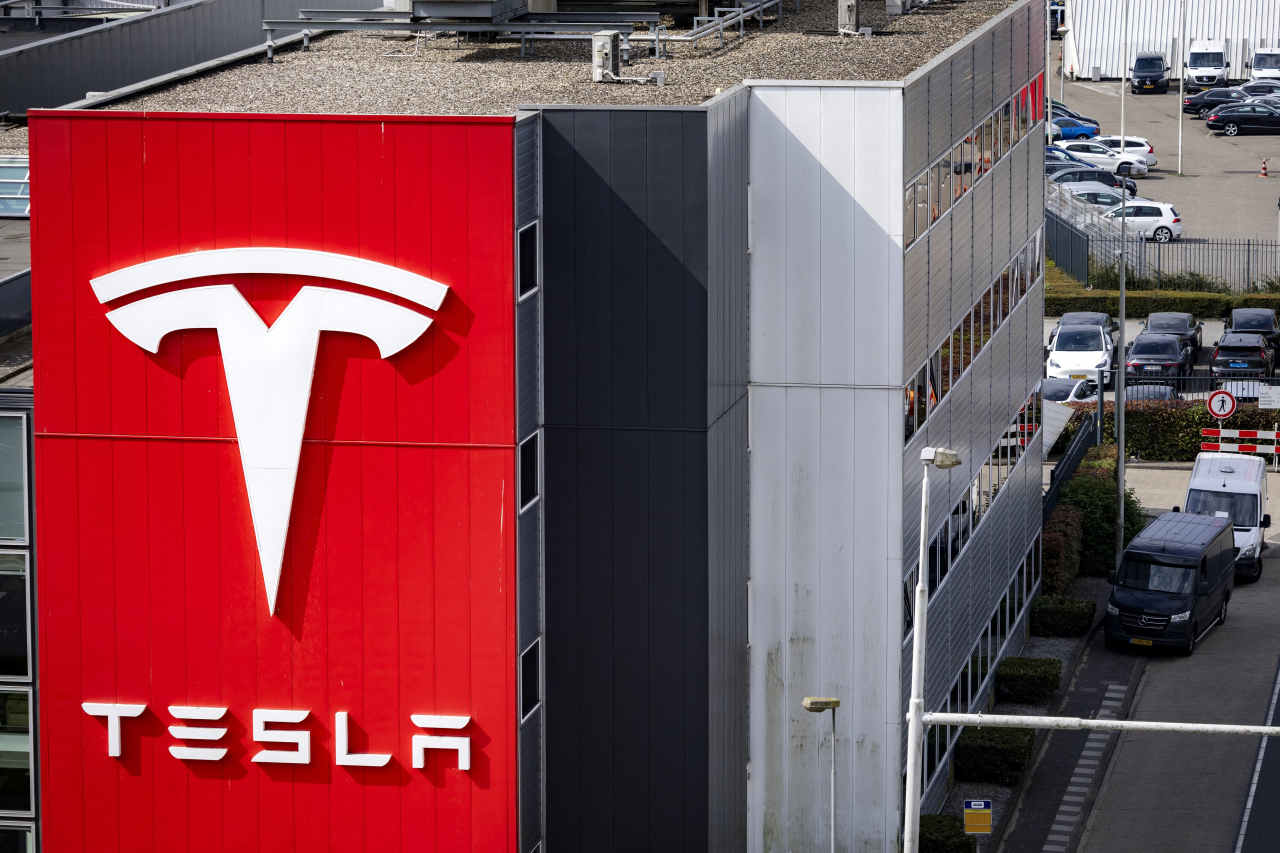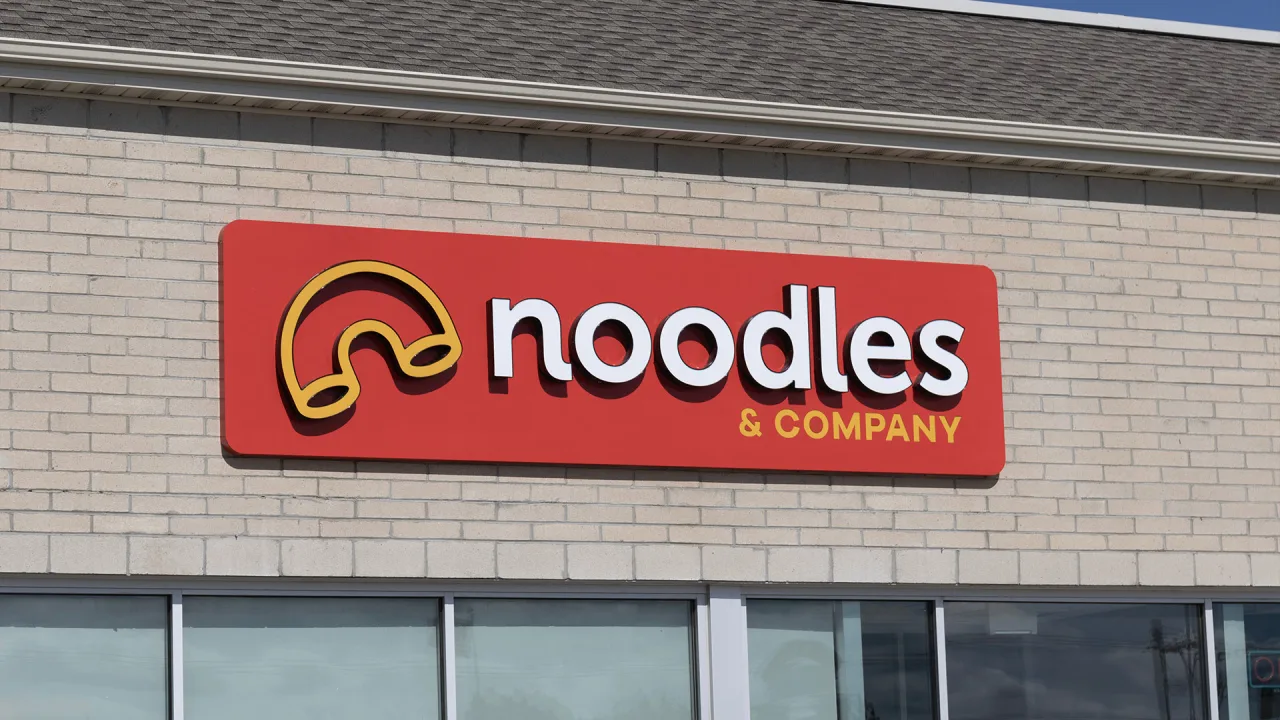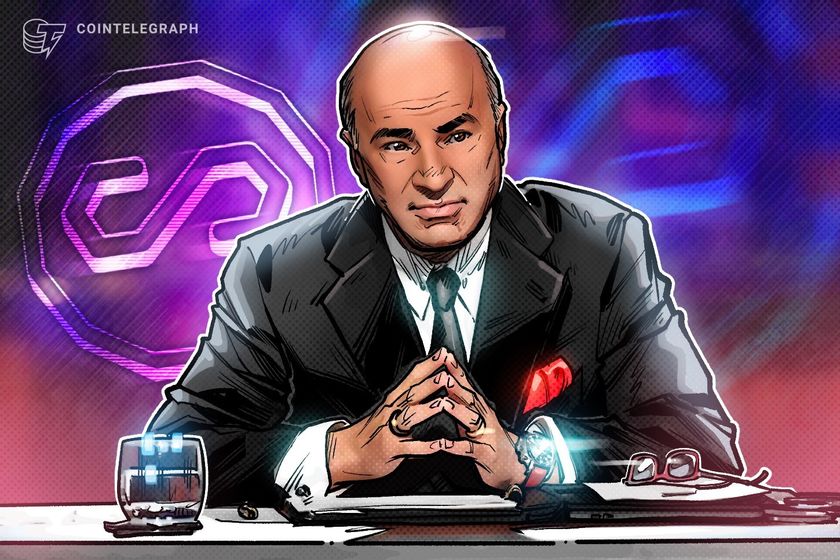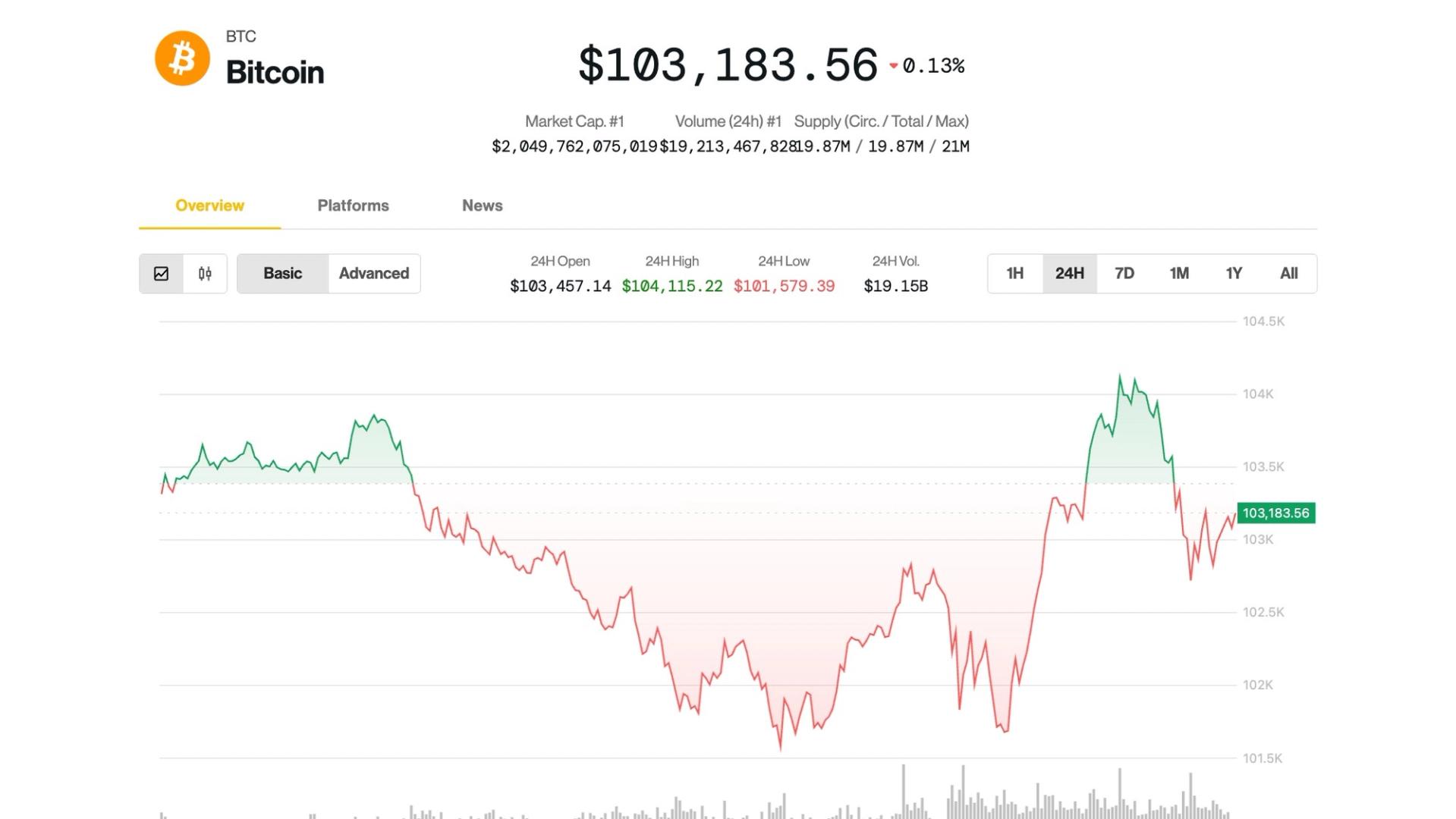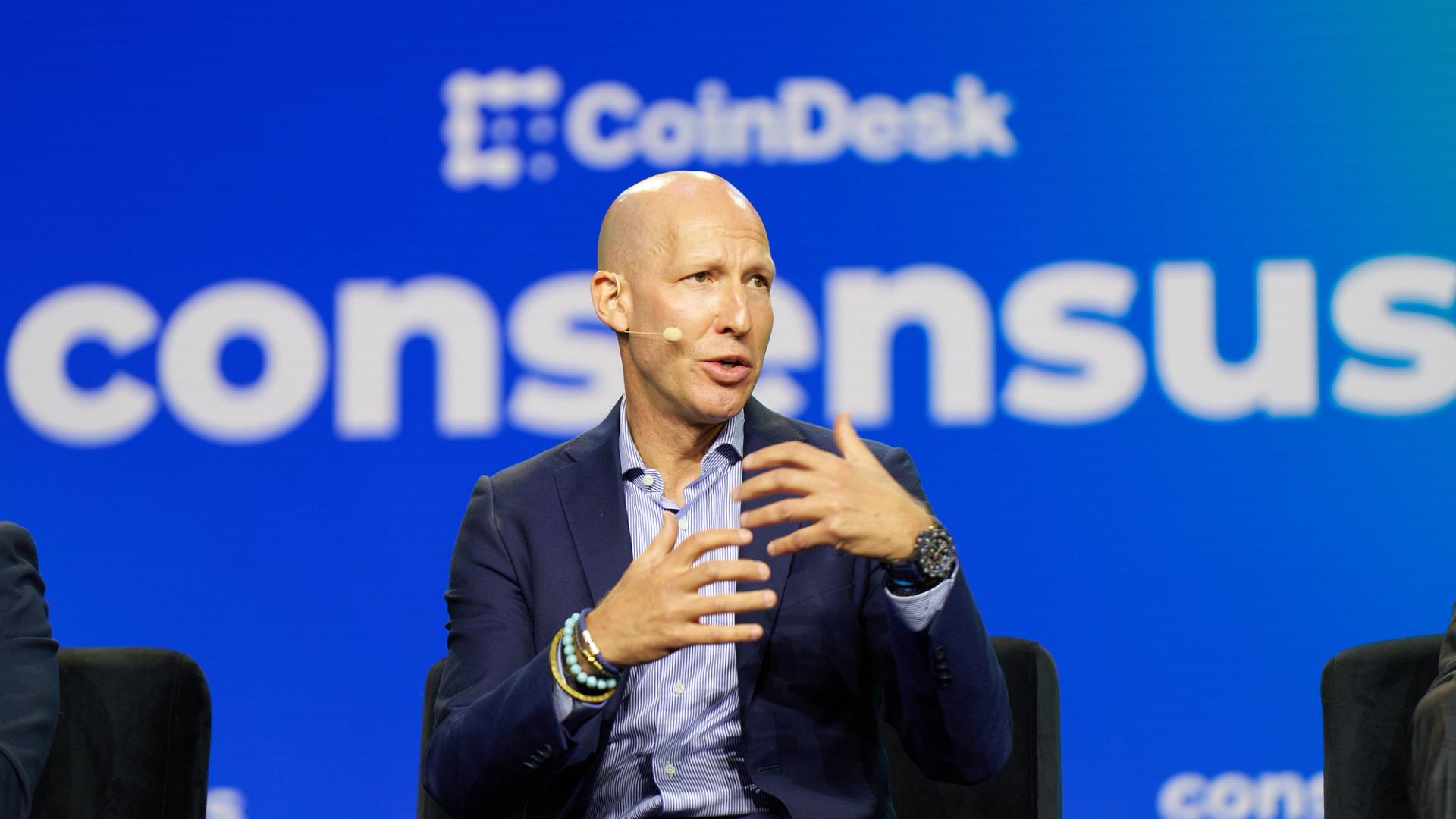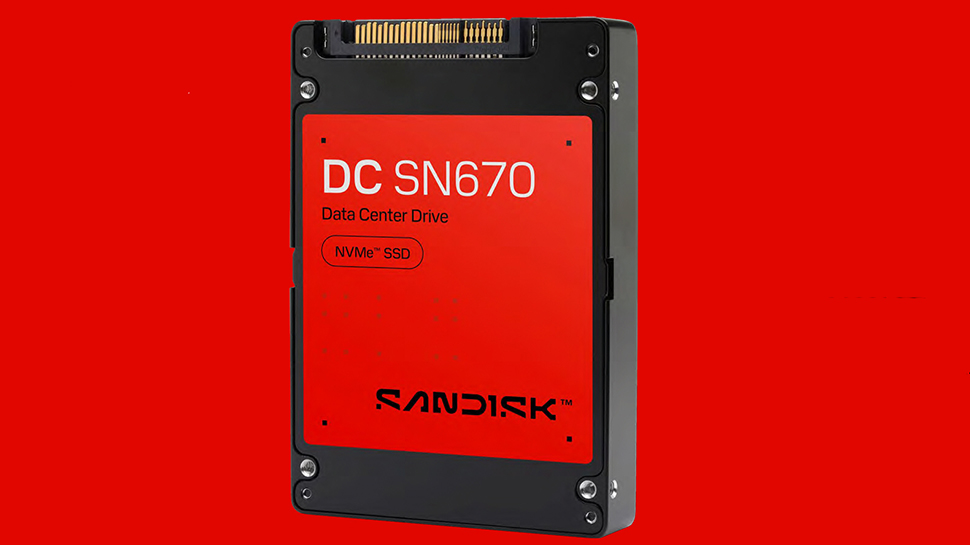Businesses, do you want to avoid rising PC prices and Windows 10 EOL upgrade headaches? Citrix wants you to try VDI
Citrix proposes using VDI and Linux to dodge rising PC prices, but the fix carries technical risks, licensing costs, and security vulnerabilities that companies must consider.
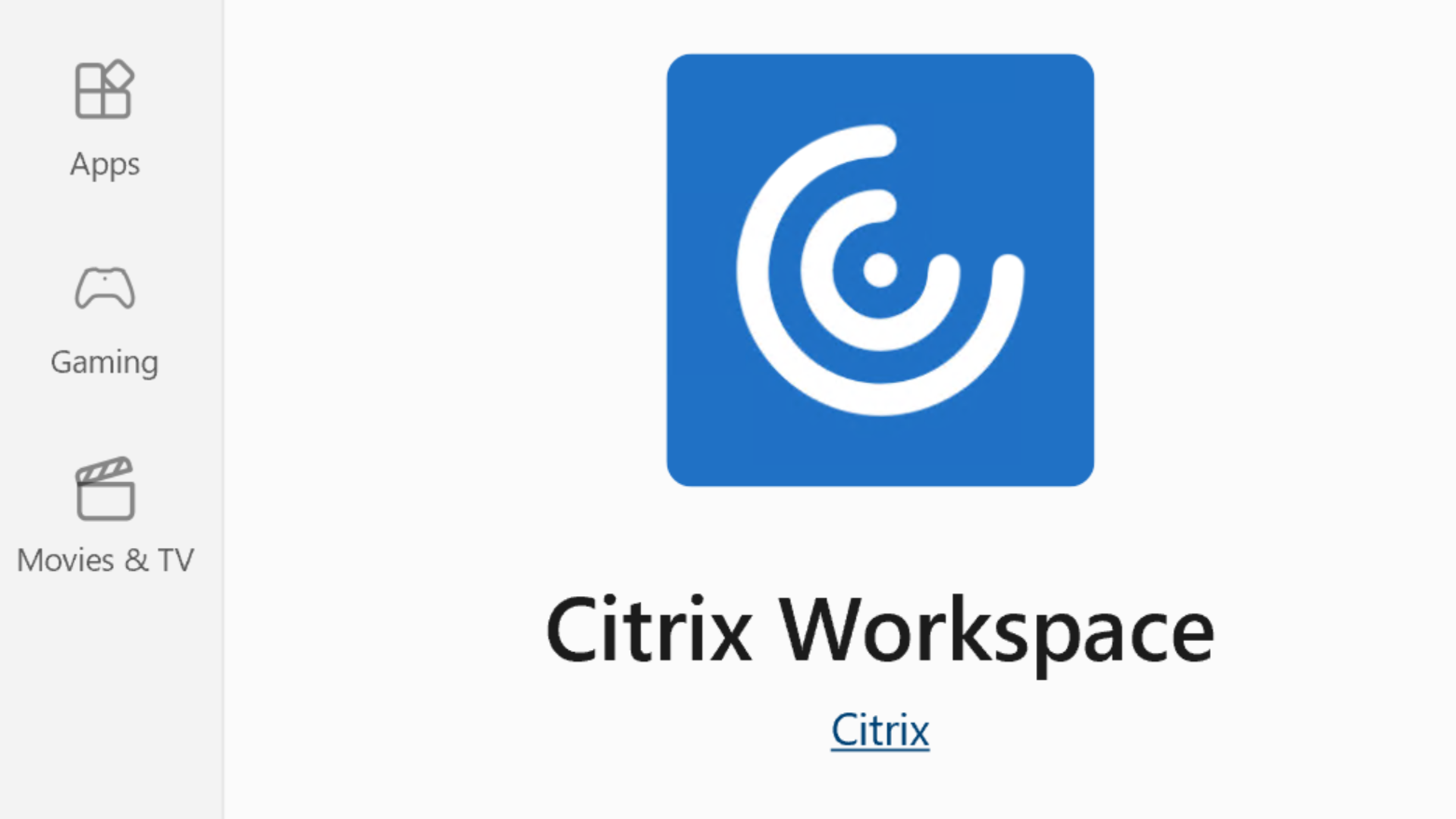
- Old PCs might run eLux, but they won’t escape NetScaler’s history of security flaws
- Virtual desktops won’t save you if your team can’t handle VDI’s load and latency
- Citrix says “skip the hardware,” but it doesn’t mention its own rising software fees
Citrix is positioning virtualization platforms as a cost-saving solution amid rising hardware prices brought on by the April 2025 U.S. tariffs.
In a recent blog post, Vice President of Product Philipp Benkler suggested that organizations can avoid purchasing new, tariff-impacted business PCs by extending the life of their existing hardware.
He proposed replacing Windows with eLux, a Linux-based operating system Citrix acquired in January through its purchase of Unicon, and pairing it with Citrix’s virtual desktop infrastructure (VDI) platform.
Tariffs and Windows transitions create a timely opening
The timing of this proposal is strategic. With Windows 10 approaching its October end-of-life and Windows 11 upgrades looming, pressure is mounting on companies to modernize.
At the same time, hardware costs are increasing. Citrix argues that the most cost-effective path forward is to run centrally managed remote desktops from existing endpoints, something VDI is designed to support.
Still, there are practical challenges. VDI environments are vulnerable to issues like "boot storms" - sudden spikes in user activity that can cause sluggish logins, reduced performance, or even system instability.
Addressing this requires robust infrastructure and traffic control. Citrix claims its NetScaler platform mitigates these problems and promotes it as a virtual appliance that can run on existing servers, potentially avoiding further hardware purchases.
However, Citrix’s message here is not without self-interest. While the company frames this approach as a way to bypass tariff-related cost increases, it also clearly aims to drive adoption of its recently expanded software portfolio.
There’s an underlying endorsement of the belief that U.S. trade policy will strain domestic IT budgets, a concern acknowledged by the government but framed as short-term pain for long-term benefit. Citrix appears eager to capitalize on that short-term disruption.
Furthermore, while Citrix markets this as a cost-saving solution, it has also recently changed its licensing model, reportedly raising prices.
Organizations considering the VDI route must weigh these licensing costs against the potential savings from avoiding hardware upgrades.
Security is another factor. Citrix relies heavily on NetScaler, a core component of its proposal, yet NetScaler is frequently targeted by cybercriminals. Running unpatched or poorly maintained instances could introduce new vulnerabilities, creating risk instead of savings.
In short, Citrix offers a workaround, but it comes with trade-offs, complexity, and potential risk. Whether it’s a viable solution depends on an organization’s specific IT environment, budget constraints, and appetite for technical overhead.
You might also like
- These are the best malware removal tools you can use
- Take a look at some of the best business VPNs available right now
- The Innovation Mindset: how commerce CTOs can proactively disrupt their business












![What Are Website Demographics? [Explained]](https://static.semrush.com/blog/uploads/media/e3/e4/e3e48631e5cd307cd7a4bfee26498e62/0db9c37107a24c016f06d29ca0a5719a/website-demographics-sm.png)



























